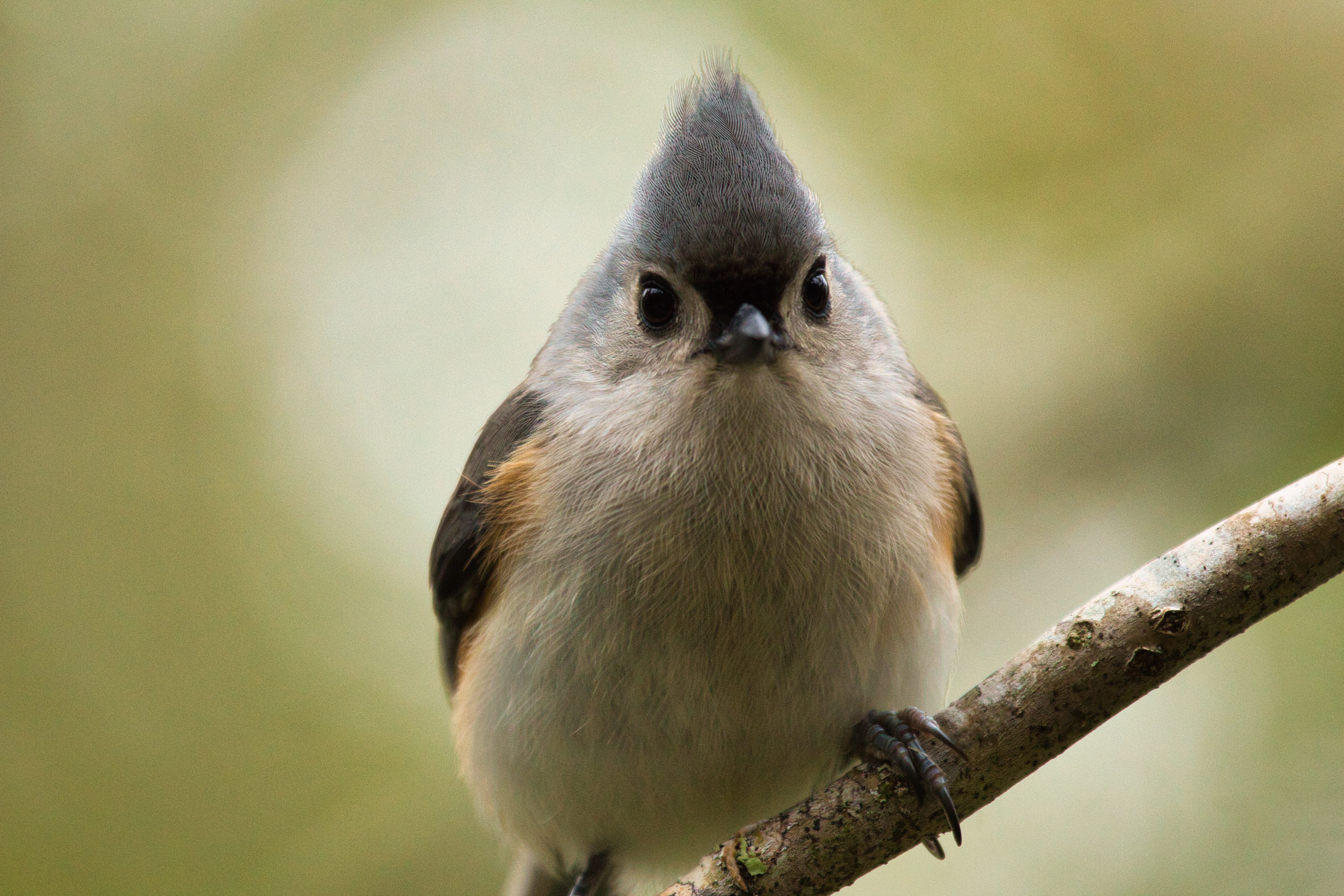







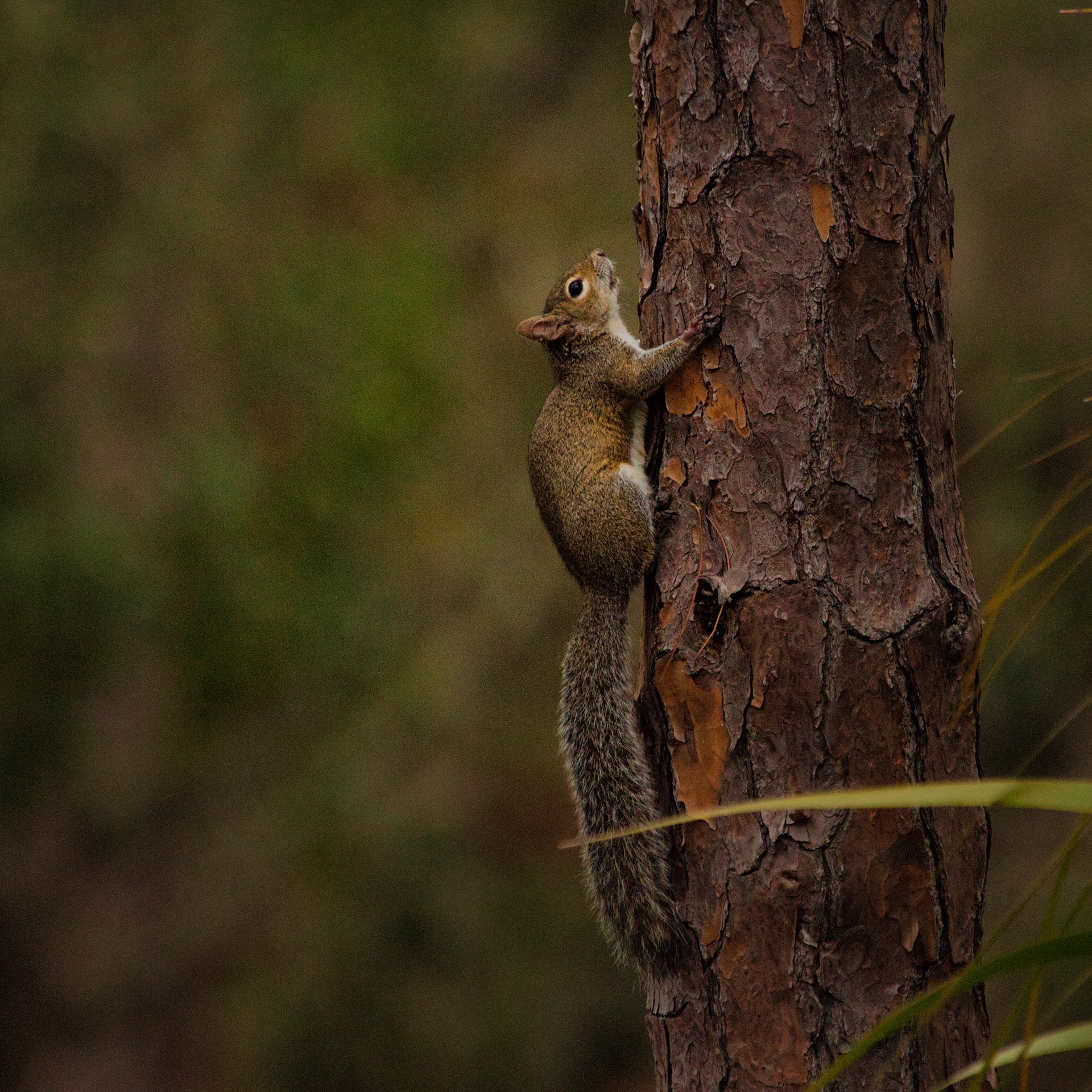


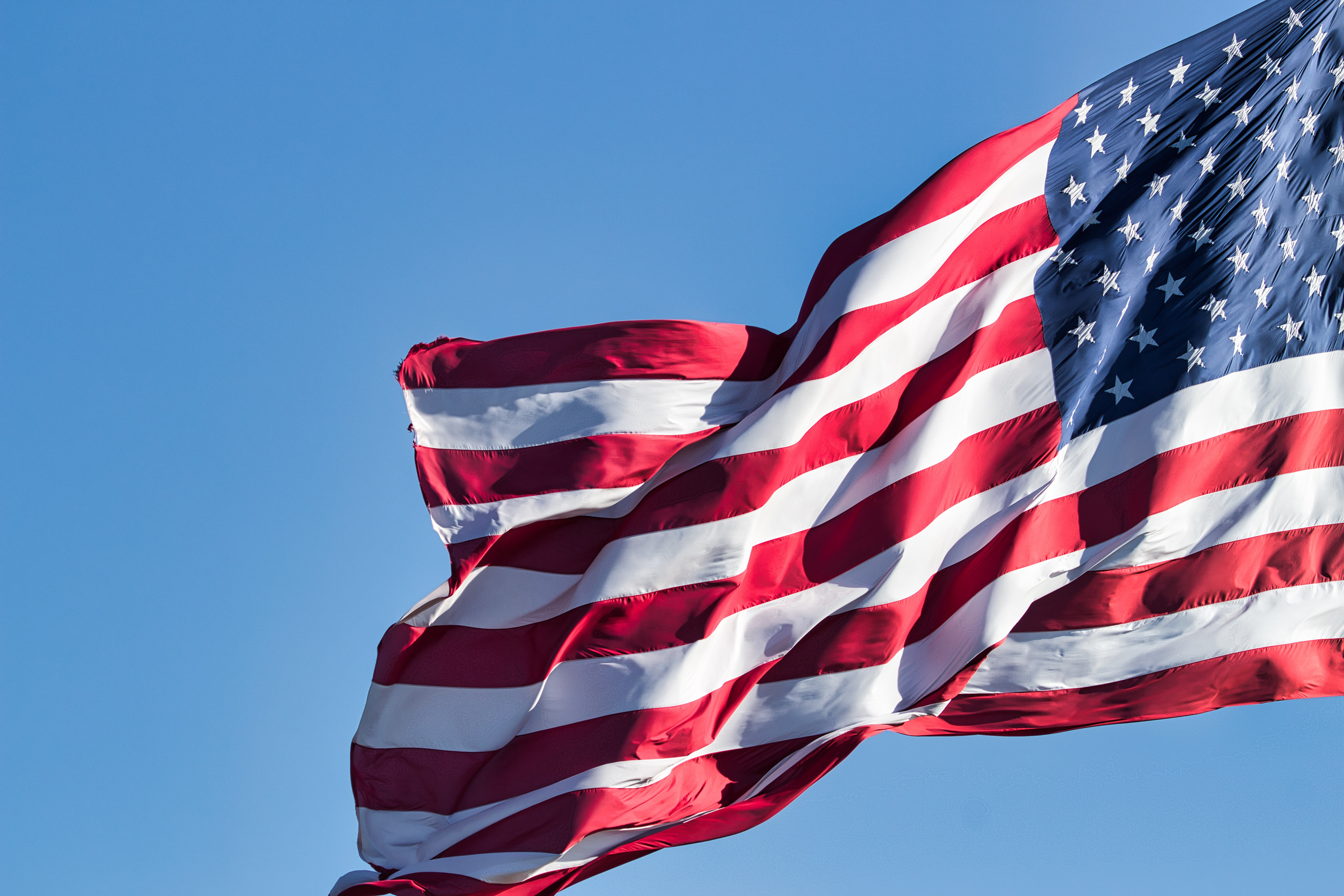
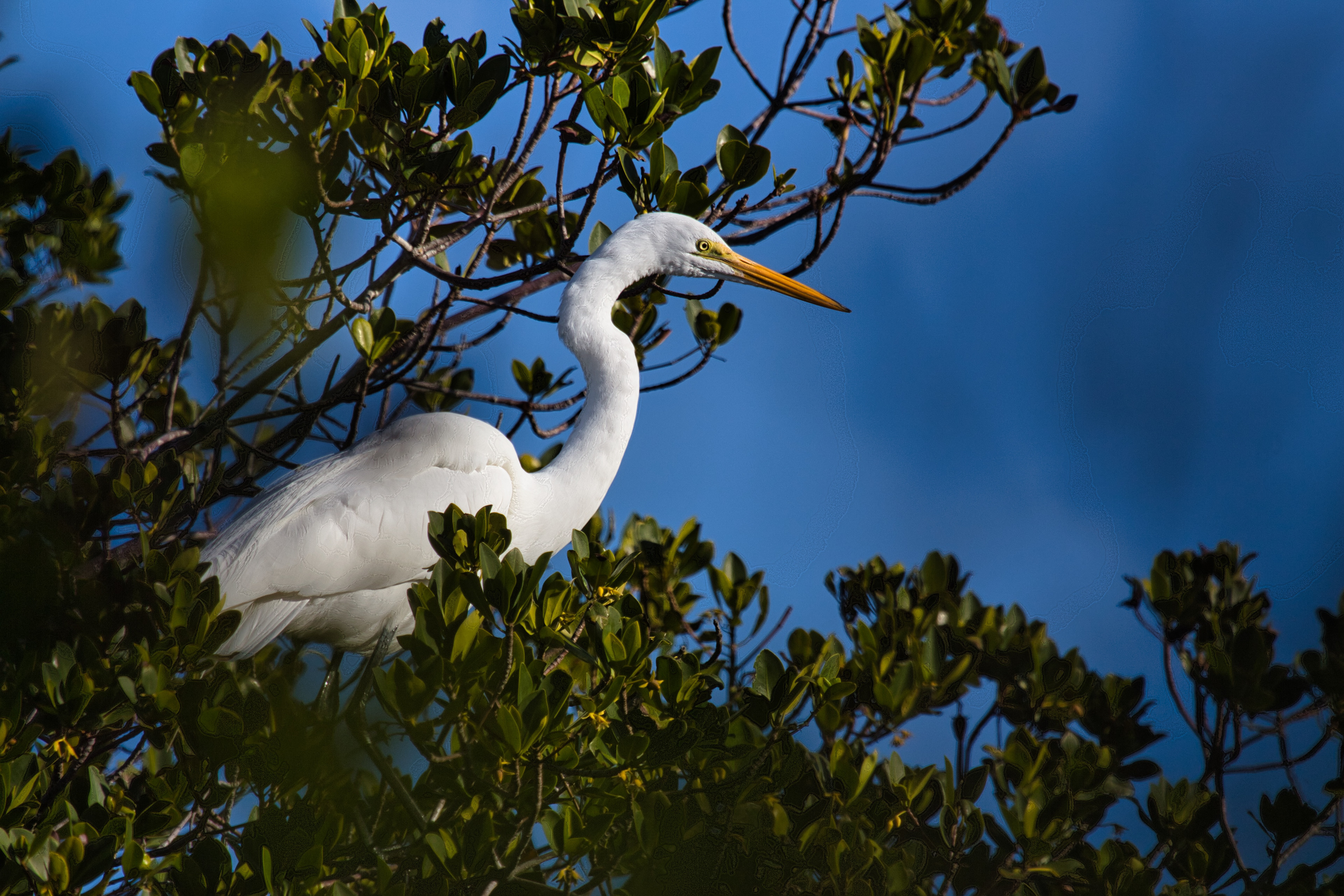

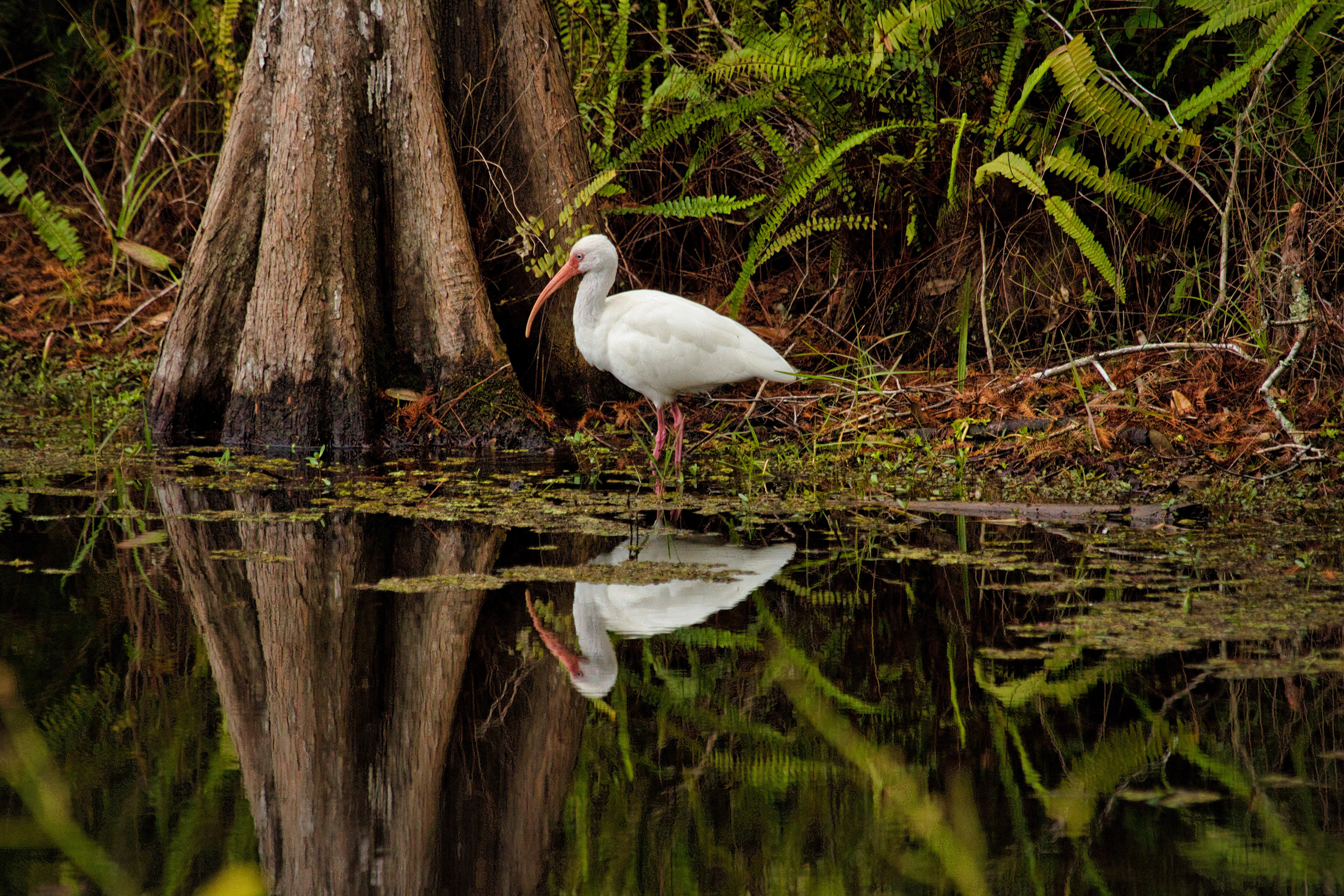
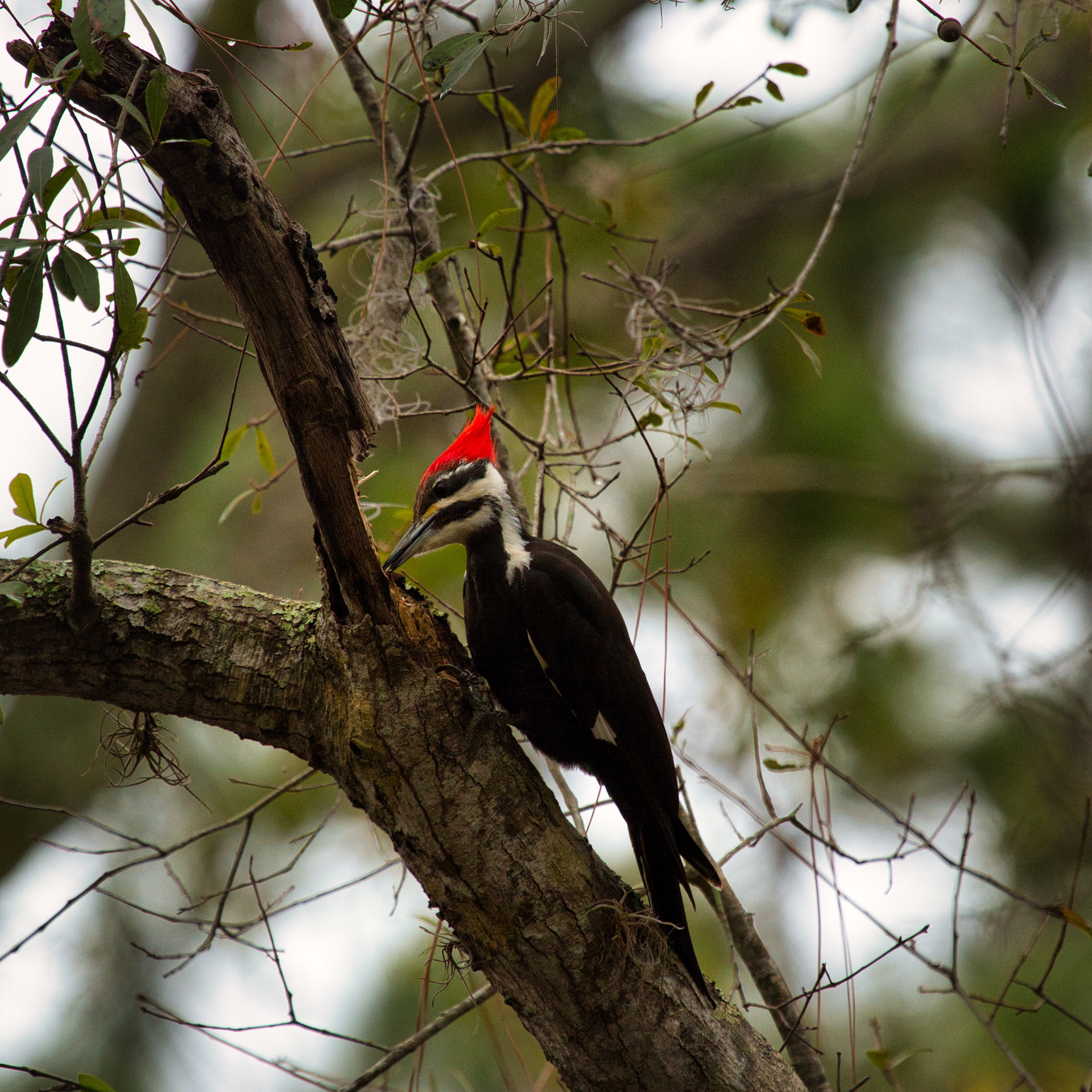
Florida is a land defined by water and sky - a place where wetlands stretch to the horizon and the air is alive with wings. With its subtropical climate and unique mix of habitats, the state is one of North America’s richest regions for birdlife. From coastal estuaries and inland marshes to pine flatwoods and mangrove islands, Florida offers sanctuary to hundreds of resident and migratory bird species.
Nowhere is this more evident than in Everglades National Park, where vast sawgrass prairies and cypress swamps provide nesting grounds and feeding habitat for wading birds like great egrets, roseate spoonbills, wood storks, and herons. In the early mornings, flocks rise in unison over the wetlands, their silhouettes etched against the soft glow of the sky.
Along the Gulf Coast, the estuaries of Big Cypress and the Ten Thousand Islands echo with the calls of ospreys, ibises, and pelicans. Shorebirds patrol the tide lines, while black skimmers and terns dart above the shallows.
On the Atlantic side, Merritt Island National Wildlife Refuge hosts a seasonal spectacle as thousands of migratory birds stop to rest and feed. Ducks, waders, and raptors gather here in winter months, turning the marshes into a mosaic of movement and sound.
Inland sanctuaries like Paynes Prairie and the freshwater wetlands of central Florida are home to species found almost nowhere else, including the snail kite and the limpkin, each tied closely to the state’s fragile aquatic ecosystems.
Florida’s birdlife is not only diverse but deeply tied to the health of its waters. As habitats change and pressures grow, the presence of birds across these landscapes serves as a living indicator of the ecosystems they inhabit - reminding us of the delicate balance that sustains both wildlife and the land itself.
